Tag: Sweden
-

Mare Incognitum – Trapped in the Ice
The Fate of the M/S Lyckan Our story took place aboard the M/S Lyckan, a former German navy freighter with a horrific history of atrocities. A research expedition to Kirkenes in Norway had unearthed a strange statuette, which was brought on board during M/S Lyckan’s last journey out of Kirkenes for the winter. Aboard were
-
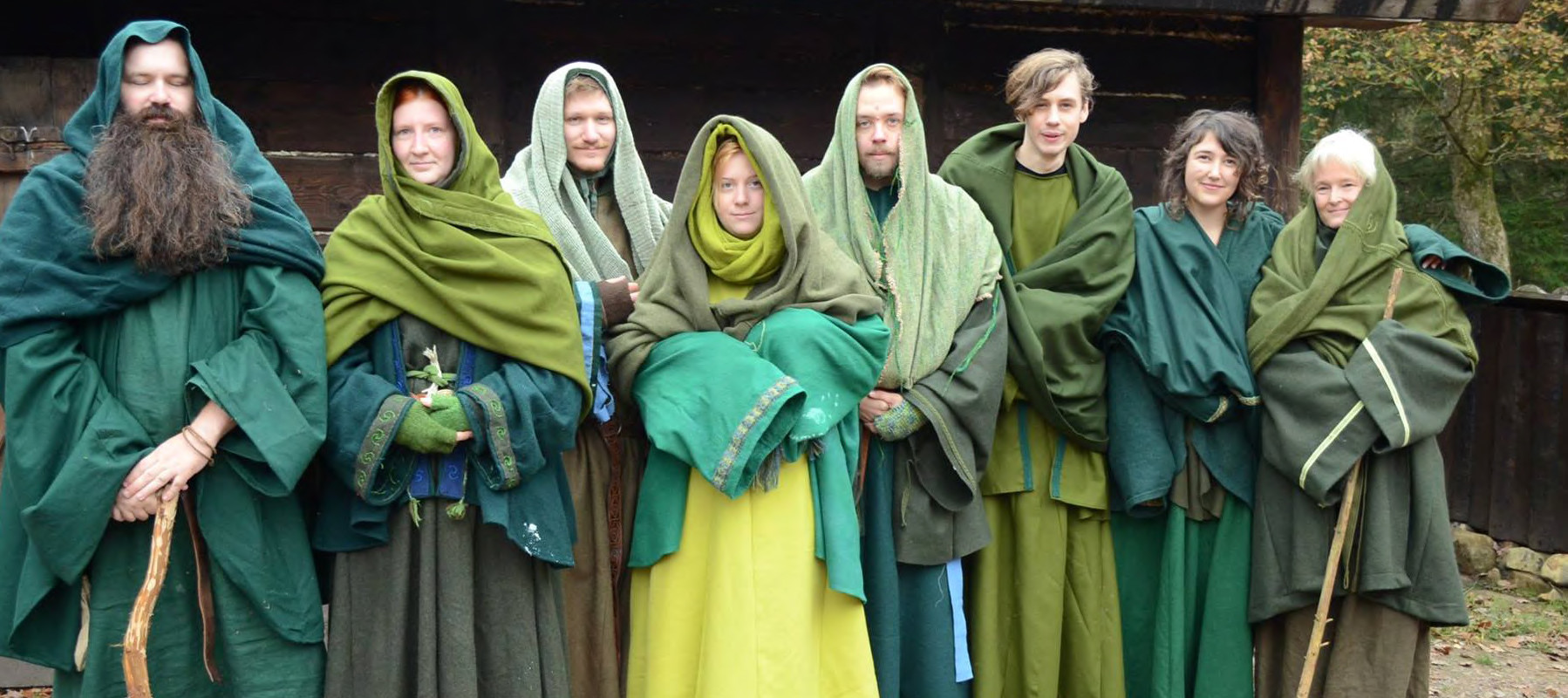
Livsgäld – Fantasy with Gender Elements
Livsgäld, translated roughly as “the price you pay for your life”, was a low-fantasy larp held in November, 2014, in Halmstad, Sweden. The larp was played in Swedish, had 40 participants, three non-player characters and four organizers. The spots for the players were given out through a lottery process, where participants first signed up over…
-

Last Will – Make Us Your Slaves, but Feed Us
In the end they will lay their freedom at our feet, and say to us, “ Make us your slaves, but feed us. Last Will is a larp on the subject of a fading human dignity in a world run by money and consumption in which people can be bought and sold as commodities. The
-
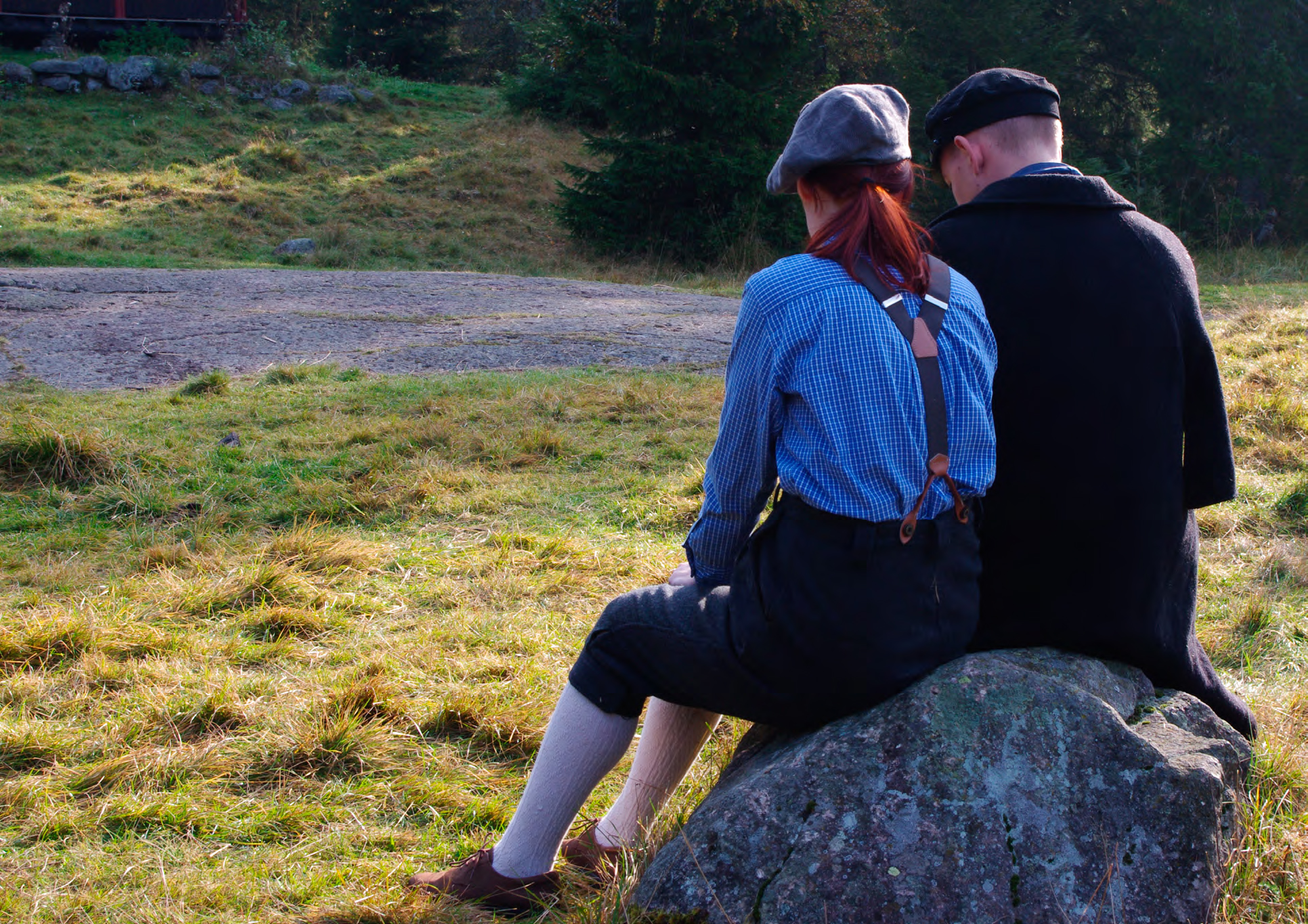
Brudpris
Brudpris (Bridal Price) is set in Berge, a rural village in the fictional Mo culture. The culture of Mo is inspired by Nordic rural 19th century aesthetics. They live isolated from the outside world according to their strict patriarchal honor culture.
-
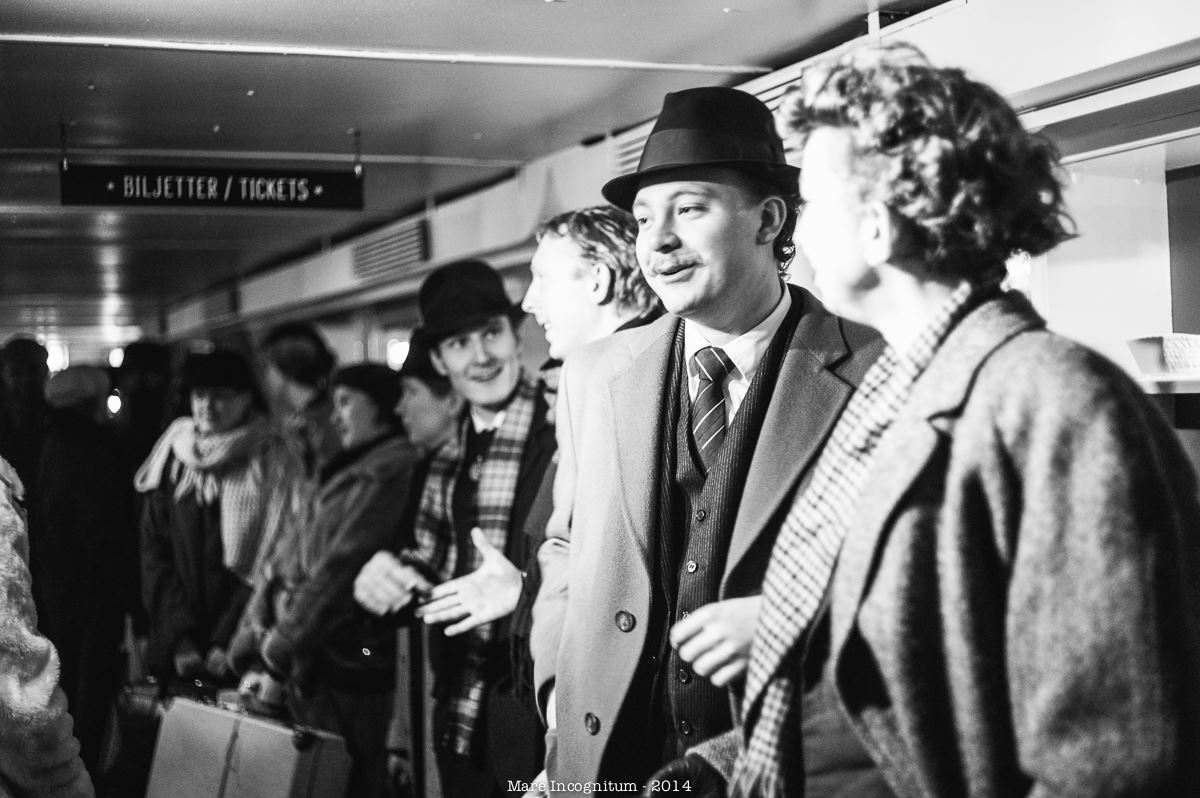
Photo Report: Mare Incognitum
Mare Incognitum was a Swedish Lovecraftian horror larp set on a ship (familiar to visitors to Monitor Celestra) in the 1950s. It was organized by Berättelsefrämjandet and had 78 players, spread over three runs, from Sweden, Norway, Denmark, Finland, Estonia, Spain, UK and the US. All three runs were held during the weekend of 28-30
-

A Tsunami of Testimonies
in
Kristin Nilsdotter Isaksson has written an article, translated from Swedish by Charlie Charlotta Haldén, on the ongoing discussions about sexual assault within the Swedish larp community. On June 17, 2014, a new Facebook group was created for Swedish-speaking larpers who identify wholly or partially as women. The idea was to create a sanctuary for discussions
-
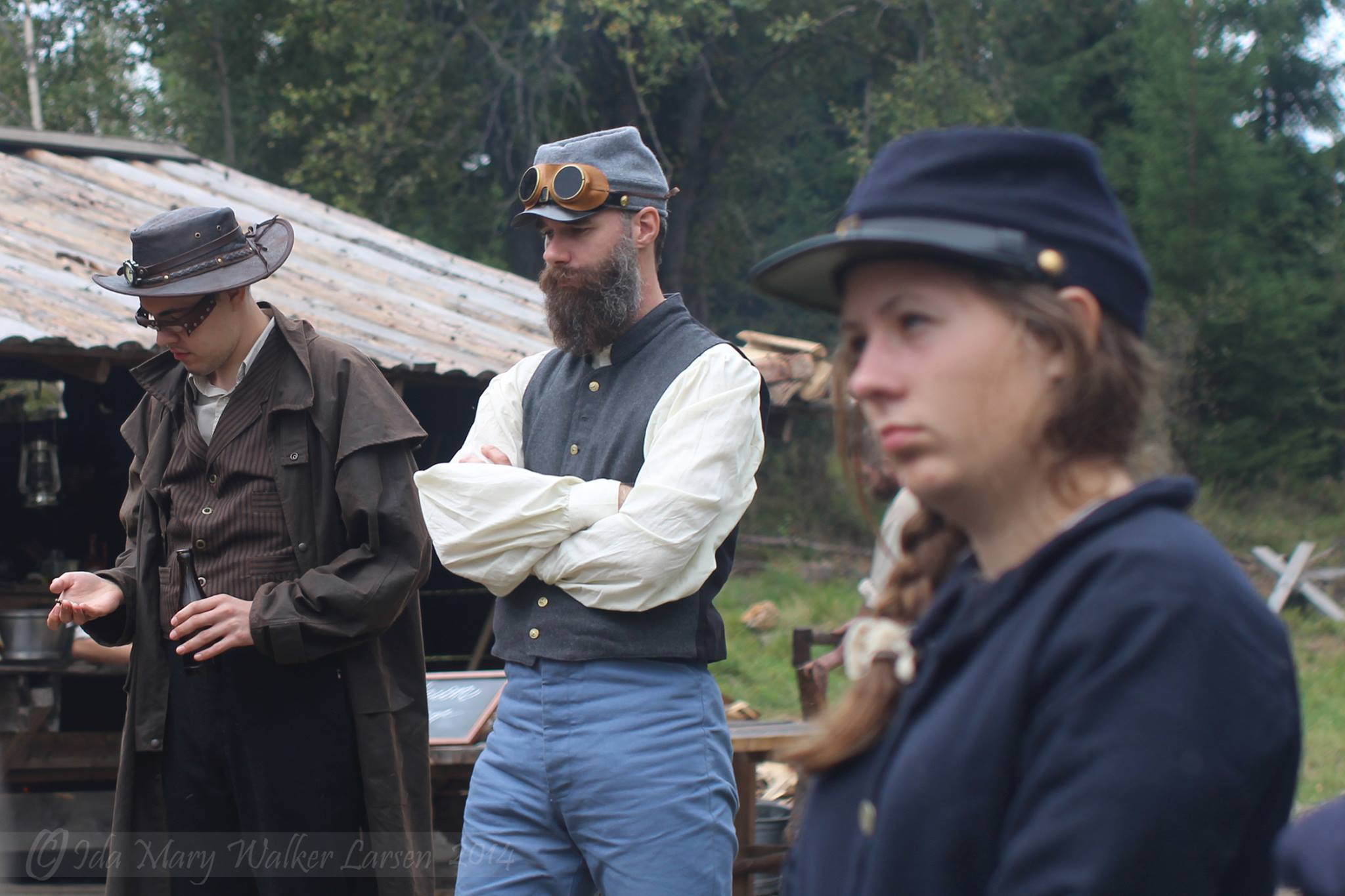
Larp Report: Clockbottom
in
A journey through horror, steampunk and mystery Clockbottom was a larp set in America during the Civil War, with a steampunk twist and elements of horror. About 120 participants from seven different countries gathered during one weekend of September to act out the mysteries in the mining town of Clockbottom. Myself, I played the village’s
-
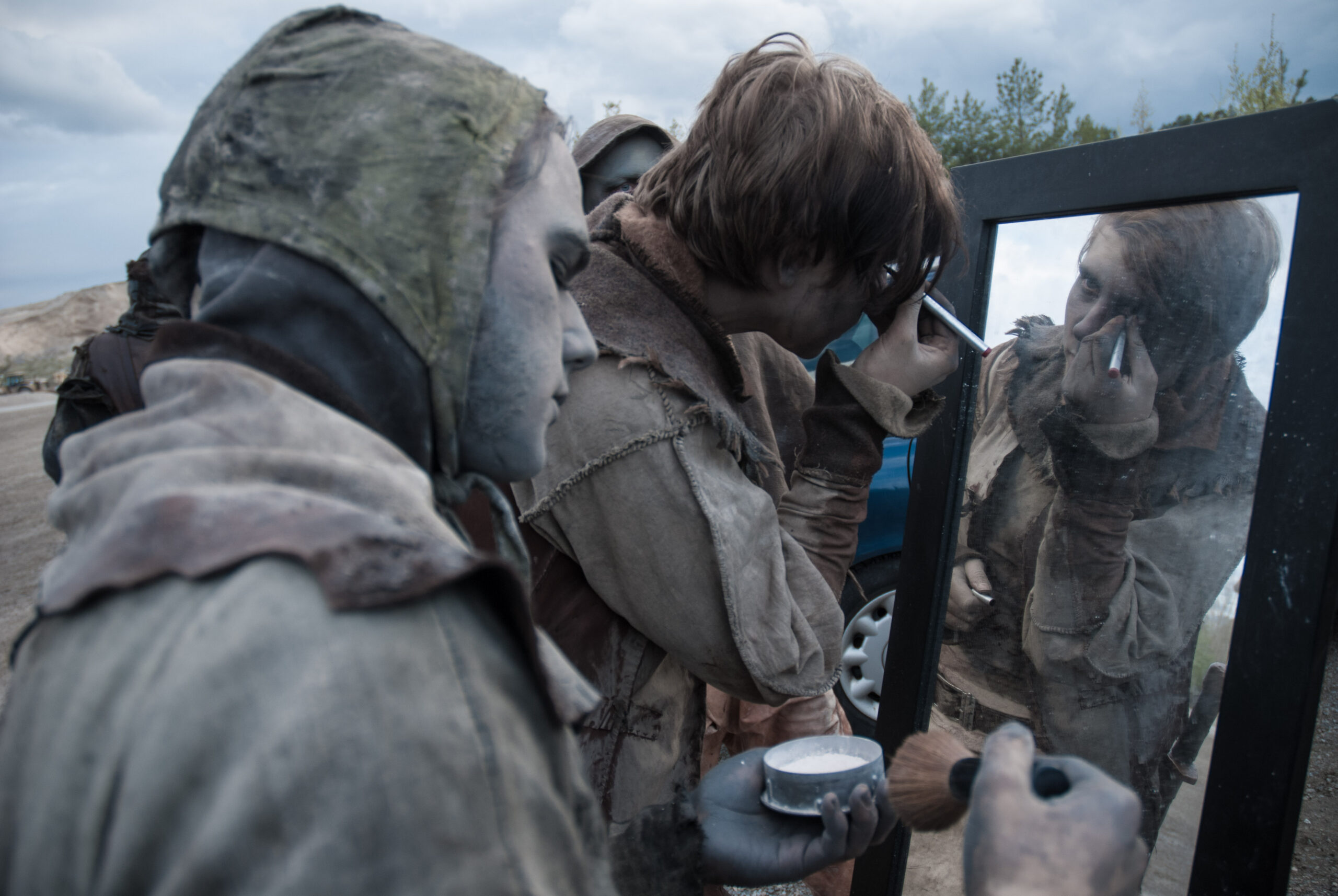
We Don’t Abide to the Law of Jante
in
Swedish larper and writer Mia Sand replies to Sanne Harders opinion piece about the culture of the Nordic larp scene.
-
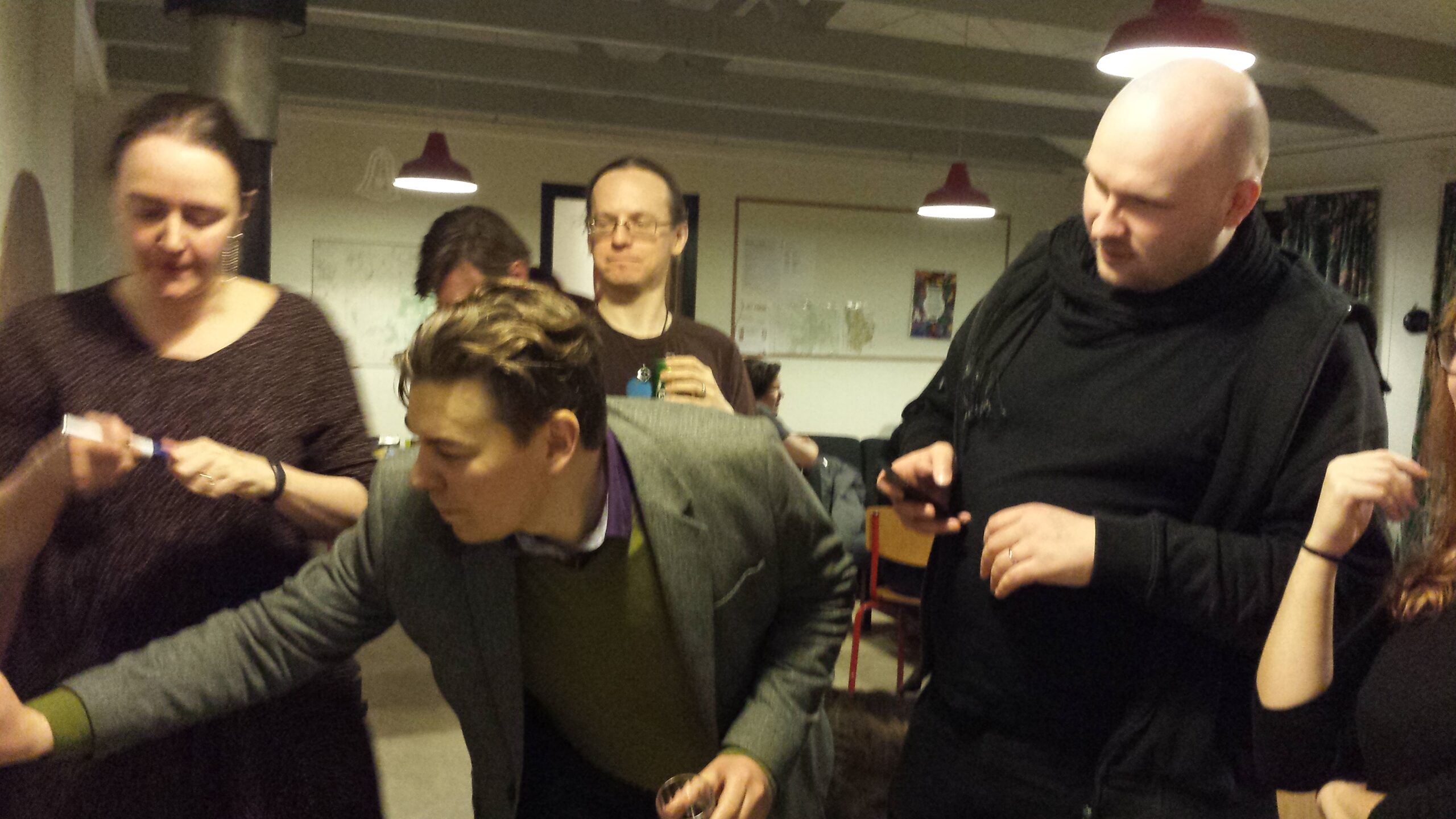
Larp Writers Summer Retreat 2014
in
Swedish larp organizer group Berättelsefrämjandet will run a retreat for larp writers in early June: We want to gather creators, critics and scholars of larp for an extended weekend of gaining insight and inspiration to create better larps. We will discuss, reflect on and produce larp ideas in an organized manner. The retreat starts Thursday
-
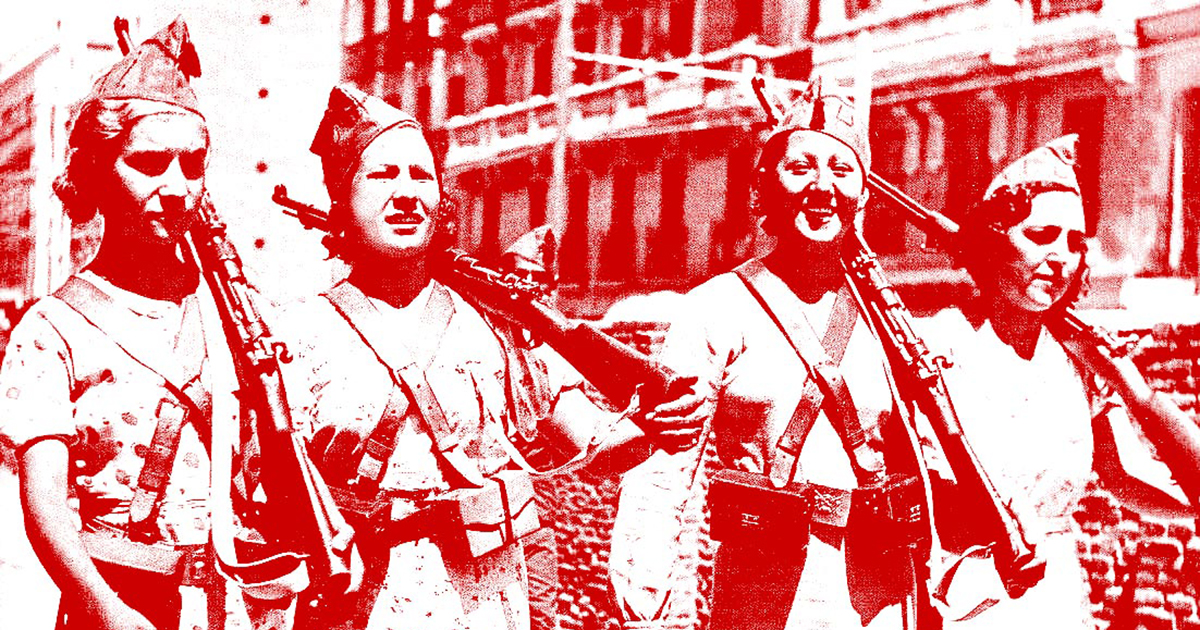
Flowers from Exile Sign-Up Open
in
Sign-up has opened for the Swedish larp Flowers from Exile. The larp will be played in English and first time larpers are very welcome. Read more and sign up here: http://beratta.org/flowersfromexile/signup